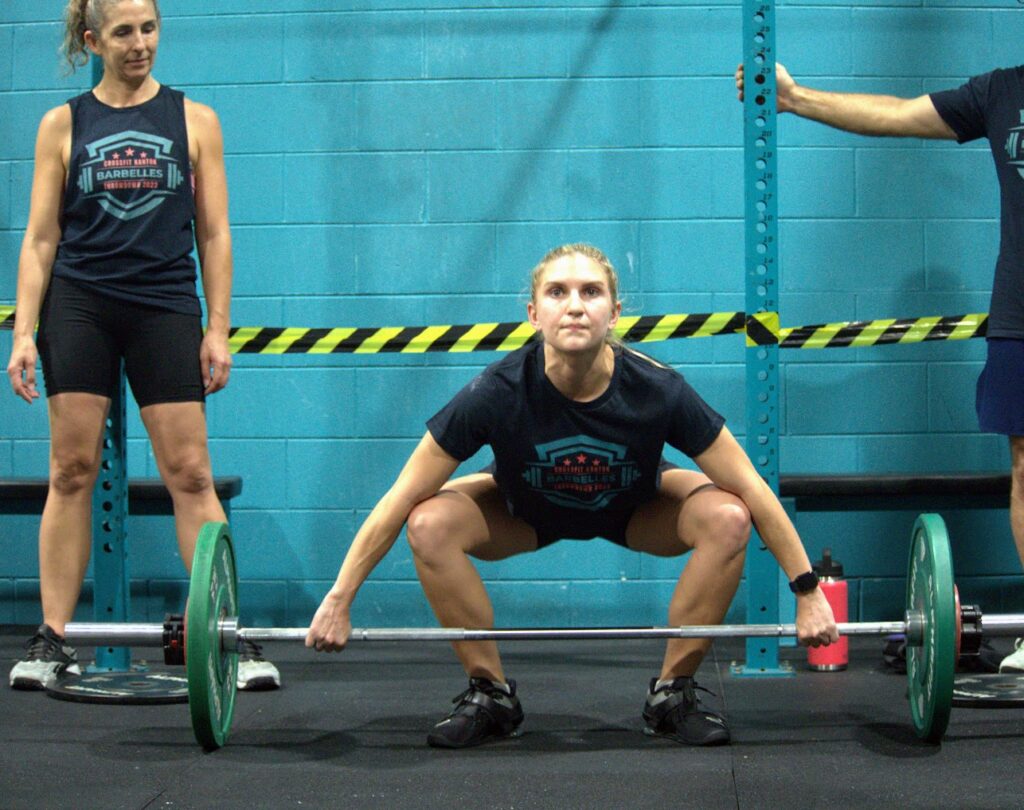
In CrossFit, strength, endurance, and power often seem to reign supreme, it’s easy to overlook one crucial element: flexibility. Yet, as any seasoned athlete will attest, flexibility is not just a luxury but a necessity for optimal performance and injury prevention.
Mobility, often interchangeably used with flexibility, refers to the ability to move a joint freely through its full range of motion. In CrossFit, where a diverse range of movements is commonplace, from Olympic lifts to gymnastics-inspired exercises, having adequate mobility is paramount. It allows athletes to achieve proper form, generate more power, and reduce the risk of injuries.
The Benefits of Mobility Training
Enhanced Performance: Improved mobility translates to better movement mechanics, enabling athletes to perform exercises more efficiently. Whether it’s executing a flawless snatch or maintaining proper form during a high-intensity workout, increased mobility leads to better performance across the board.
Injury Prevention: Tight muscles and restricted joints are a breeding ground for injuries. By incorporating mobility exercises into your training regimen, you can mitigate the risk of strains, sprains, and overuse injuries. Additionally, addressing mobility imbalances can alleviate undue stress on certain muscle groups, promoting overall musculoskeletal health.
Recovery and Resilience: Mobility work isn’t just about preparing your body for the next workout; it’s also integral to post-workout recovery. Stretching and foam rolling help alleviate muscle soreness, improve circulation, and promote faster recovery, ensuring you’re ready to tackle your next training session with vigor.
Cultivating Mobility: Tips and Techniques
Dynamic Warm-Up: Begin each workout with a dynamic warm-up that includes mobility-focused movements such as leg swings, arm circles, and hip openers. This primes your body for the demands of the workout ahead while actively improving flexibility.
Targeted Stretching: Dedicate time after your workout to static stretching and foam rolling. Focus on areas prone to tightness, such as the hips, hamstrings, shoulders, and thoracic spine. Consistency is key; make mobility work a non-negotiable part of your routine.
Add flexibility to your routine: Speak to one of our coaches about the 28-day Flexibility Challange
Mobility training is not an optional add-on but an integral part of CrossFit that can make or break your performance. By prioritizing flexibility and mobility, you not only optimize your athletic capabilities but also safeguard your long-term health and well-being. So, stretch a little deeper, mobilize a little more, and watch as your CrossFit journey reaches new heights of success and fulfilment.
